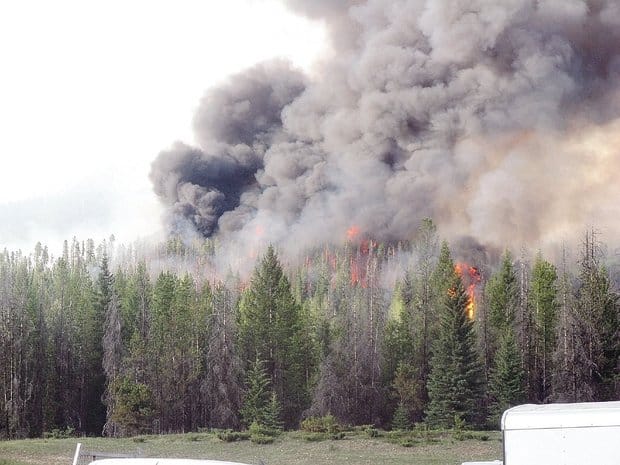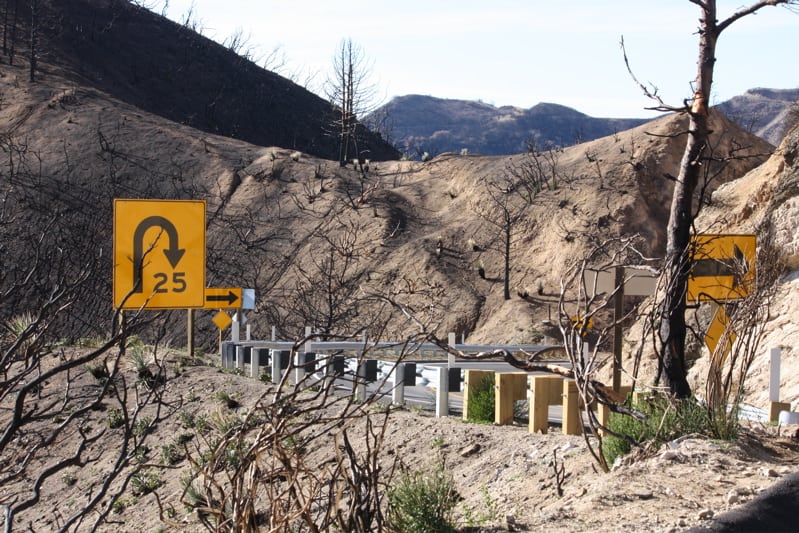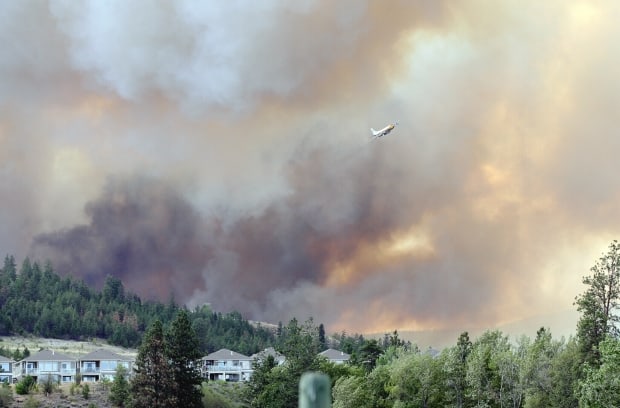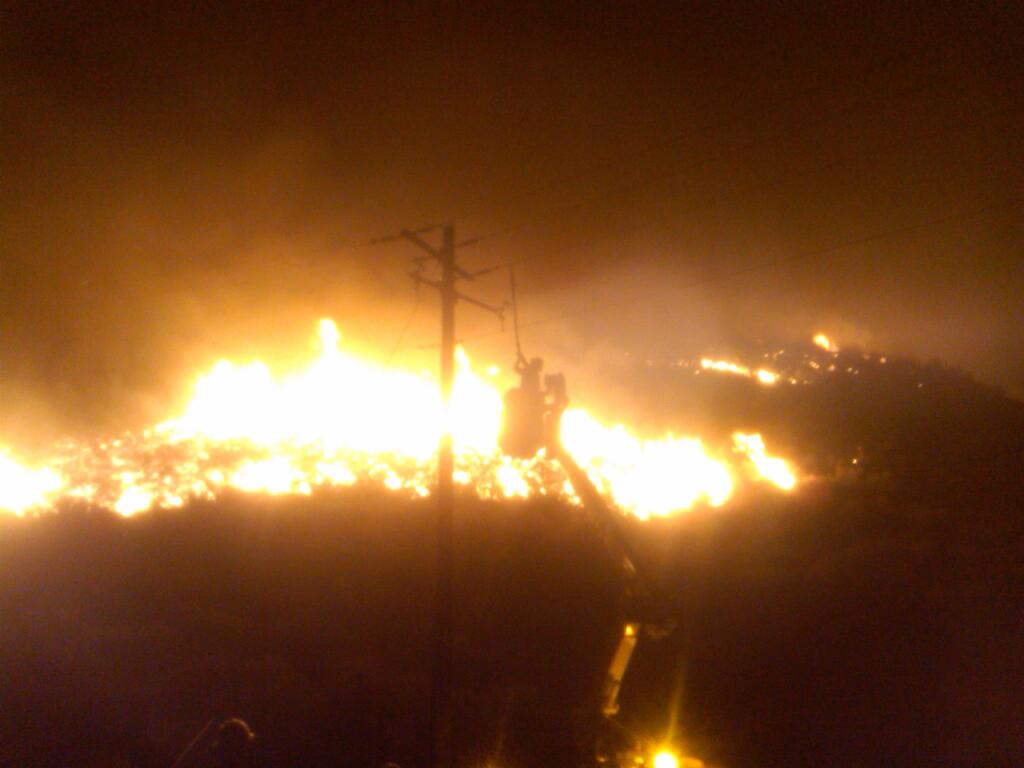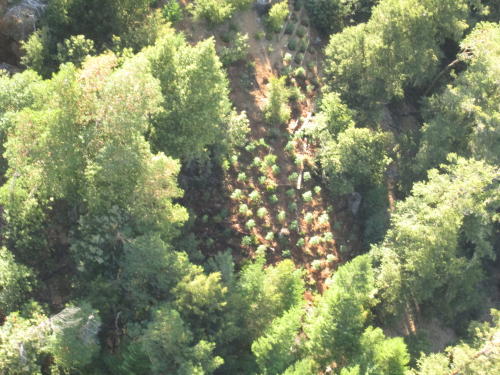I found the rolodex factor on this story to be interesting.
Below are some excerpts:
More than 40 uncontained, active and large wildfires dot the western U.S. from Arizona to Washington state and Alaska, taxing national firefighting resources and helping to push spending past $1 billion for the year.
The National Interagency Fire Center in Boise has raised the national wildfire preparedness level to the highest tier for the first time in five years.
The center lists two central Idaho wildfires as the country’s top priorities, helping provide crews and resources for the Beaver Creek Fire, which forced the evacuation of 1,250 homes in the resort area of Ketchum and Sun Valley and has cost nearly $12 million so far.
First we have Steve Gage.. good choice:
Forty-eight fires remain uncontained around the country, the White House said, and about 17,800 people have been dispatched to fight them.
Steve Gage, assistant director of operations for the fire center, said officials can’t fill all the requests they receive for crews and equipment.
As fire season progresses, Gage said, the center moves crews around to where the greatest assets like houses are threatened, and tries to have crews positioned to catch new fires when they are small.
Then they quote other fire spokespeople (good) and go back to Steve.
Nationally, federal agencies have spent more than $1 billion so far this year, about half last year’s total of $1.9 billion, according to the fire center. There have been 33,000 fires that have burned more than 5,300 square miles—an area nearly the size of Connecticut.
Whether costs top the 10-year average of $1.4 billion or the $1.9 billion spent in 2012 and 2006 will depend on the rest of the wildfire season, which traditionally gets very active in Southern California as late as October, Gage said
Now we go to.. Norm Christiansen (?). Who knew that Duke was such a center of knowledge on western fires?
“Certainly drought in some areas has contributed to the number and intensity of fire events,” he said in an email. “But many of the fires have been in highly populated, wilderness-urban interface areas such as Colorado Springs, Sun Valley, Idaho, and the west slope of the Sierra Nevada. That adds greatly to costs since so many more resources are required to protect built structures.”
As a Coloradan, I would have to say that while the Black Forest 14200 fire this year got much press, a lot more acres were burned in the West Fork complex 109,000 as of July 16 (couldn’t find a total). Of course, Waldo Canyon was last year. I’m suspicioning that Christiansen’s view was gleaned from the press, perhaps, which tends to focus on fires burning in communities (not that there weren’t communities around the West Fork Complex) and not reviewing figures at NIFC. But West Fork is not highly populated. Then you get into what is “many of the fires”.. but as in my Golden example, if you’re really in the WUI, fires tend to get attacked strongly by local forces and may not end up as large fires.
Next rolodex pick..
Jason Sibold, assistant professor of biogeography at Colorado State University, said since the 1990s, the climate has been changing, producing hotter, drier and longer summers in the West. That combined with more people building vacation homes in the woods pushes up costs.
“The societal demand to try to control and fight these fires is escalating at the same pace as the climate’s warming,” he said.
Here’s a link..he seems to be a fire history professor and is in the school of anthropology, but not necessarily an expert on suppression or suppression costs.
And oddly, the homes in the Black Forest are not “vacation homes” and neither are most front- range WUI homes. AS we can tell by listening to folks on the blog, it’s a complex situation as to fire costs and once again we get the narrative of “people building homes” and “climate change.”
We don’t get the narrative of “old trees that are beetle bait” or “fire suppression has led to high fuel loadings” and “it is just a matter of time regardless of weather or climate”…
Or even, “communities that do good fire planning cost less to protect”. Where does the narrative “climate plus building (vacation homes?) in the WUI” come from, and why does it keep recurring in the press to the exclusion of other factors?
